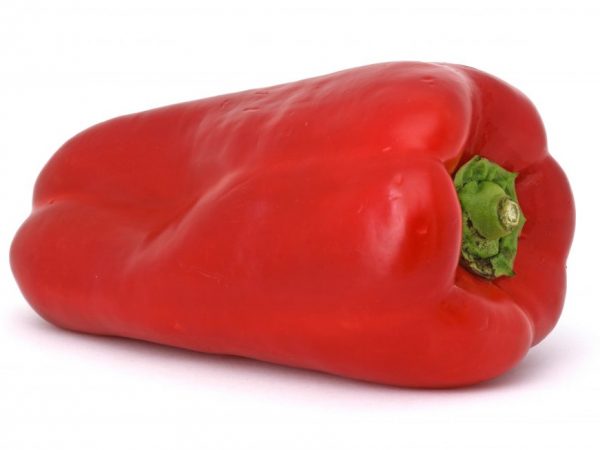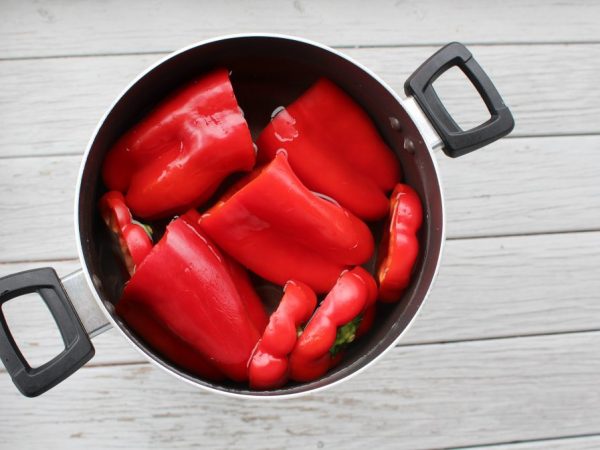Sweet pepper variety California miracle
Californian miracle pepper has been in demand for decades. It is easy to grow in your backyard. In this article, we will talk about the benefits of this variety and how to properly care for it.

Sweet pepper variety California miracle
Characteristics of the variety
Known in Russia for a long time, sweet bell pepper is a Californian miracle in terms of its size and taste, similar to hybrids, not inferior to the latter in its characteristics.
The genus of the California miracle pepper variety is California, so there is a second name California wander. Since 1999, it has been included in the Russian State Register.
The experience of cultivating vegetable crops has a wide geography of distribution. The variety is grown in almost any region of Russia, even in the northern part of our country.
Description of vegetables
According to the description, the sweet bell pepper variety has medium-sized fruits, a square shape with pronounced four ribs. Weight in the range of 90-140 gr. The outer walls of the fruit are smooth and shiny. The thickness of the pepper walls at their technical maturity reaches 5-6 mm, at full biological maturation - about 10-12 mm.
Description of the bush
The Californian miracle pepper has a powerful bush, has thick stems and elastic shoots, and can grow up to 1 m tall. Despite the height, the plant does not need a garter, it can support the weight of almost 15 vegetables of rather large sizes.
Color spectrum
The classic color of this pepper is red. However, there are yellow and orange vegetables. Among the peppers there is a golden and black Californian miracle, and the last novelty, bred by domestic breeders, was a sweet pepper, a Californian miracle of chocolate color from the agro-industrial company Zedek.
Benefits of the variety
According to the description, the variety has a number of advantages:
- plants are characterized by an increased resistance to stress and the ability to tolerate sudden changes in changing weather conditions, since this species easily copes with the lack of sunlight and light, a drop in temperature, and regardless of bad weather, as a result, it still gives a good harvest with juicy and sweet vegetables.
- the plant is resistant to a number of major plant diseases, including verticillium wilt and tobacco mosaic,
- vegetables show good preservation and transportation, which is an important factor for agricultural cultivation on an industrial scale,
- the characteristic sweet taste and juicy shade, which appears even at the period of technological maturity of vegetables, together with the inherent aroma of vegetables makes them indispensable in the preparation of preparations and culinary dishes.
- the sugar content in vegetables exceeds the amount of this element in a number of other varietal varieties and hybrids.
Ripening terms

Pepper will sing on the bush
According to the description, pepper belongs to the mid-season varieties, ripening on average over a period of time ranging from 115 to 120 days from the moment of the first emerging shoots. By this time, the fruits have already reached their maturity for eating, however, in order for the vegetables to gain a rich red, yellow or orange color, the plant needs about 15-25 more days. Therefore, the full biological ripeness with an average yield is about 140 days.
If you want to get a higher yield, it is recommended to harvest at the stage of its technical maturity. This will ensure the further setting of new vegetables before the end of the horticultural season.
To ripen the seeds for the purpose of their further planting for the next season, you should wait for the full biological maturity of the vegetables. The largest fruits growing on a powerful bush are suitable for collecting seeds. They are left on the bush until fully ripe.
Many pick unripe vegetables. At home, they mature within a few weeks, acquiring the desired color, and the seeds become suitable for subsequent sowing.
Growing features
For the Californian miracle pepper variety, cultivation in the open field is suitable, however, the best yield indicators will be when it is grown in closed greenhouse conditions.
Seed planting
Californian miracle pepper seeds are usually planted in February. This allows the vegetables to fully ripen even in cold summer weather conditions.
The characteristic of seed germination is 96-98%, regardless of the use of stimulating seed treatments.
Typically, this variety is planted with seeds with a large distance between the bushes, making planting quite rarely, which allows you to shorten the picking and transplanting procedures, to which vegetables do not react very favorably.
Seedling care
Caring for bell peppers involves watering with care during the first month after planting, especially when the seedlings are kept in relatively cool conditions.
The initial feeding is carried out no earlier than the appearance of the first 2-4 leaves.
For a two-week period before the seedlings are planted in open soil, they are hardened by exposing them to an open balcony or outside in sunny weather, initially for 15-20 minutes, gradually increasing the residence time to several hours.
Seedlings are planted in open ground or in a greenhouse according to the 40 * 40cm scheme.
Care for mature bushes
Subsequent care for a plant planted in open ground involves uniform watering and the introduction of mineral organic matter. As an effective irrigation system, gardeners usually use drip structures. For the entire period, the amount of feeding should be at least 3 times.
Pepper is resistant to diseases and pests. Therefore, when following the basic rule for caring for the California miracle pepper variety, no special treatment is required.


